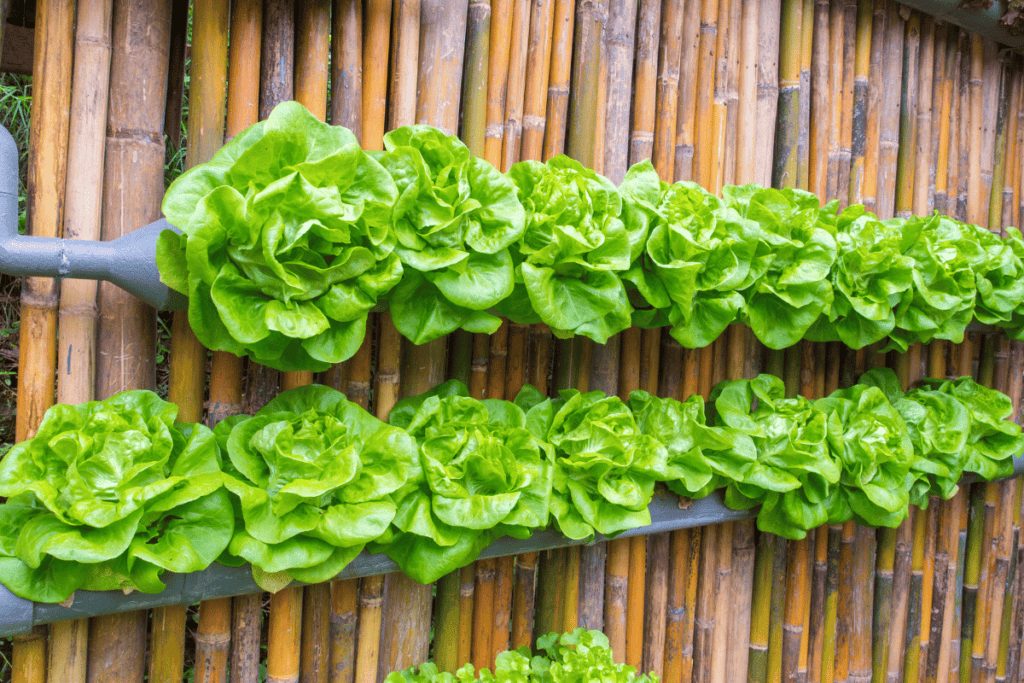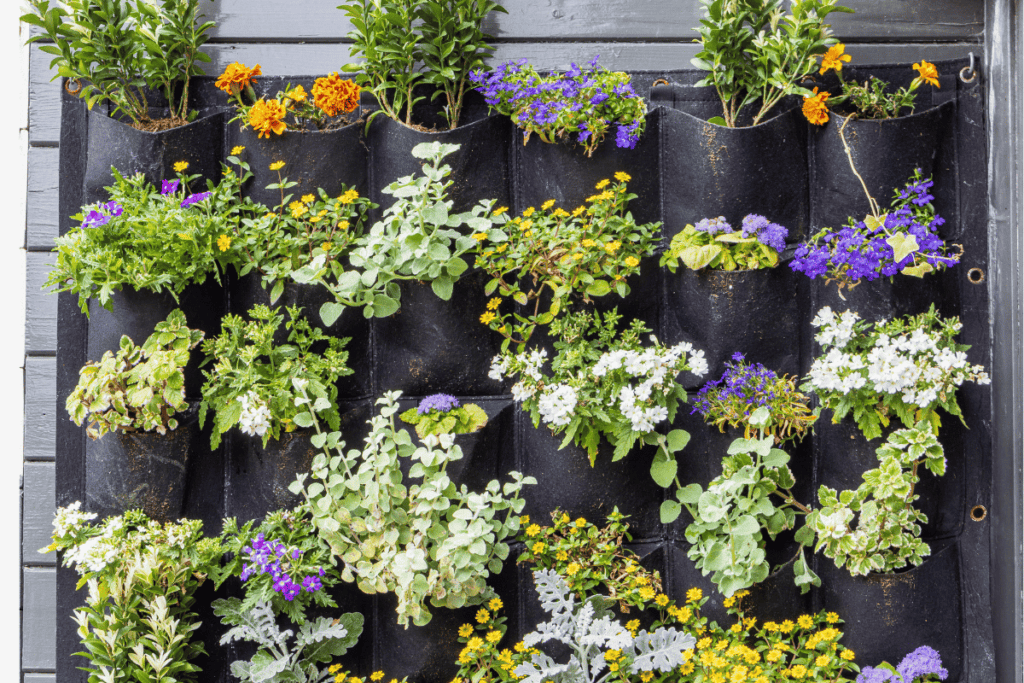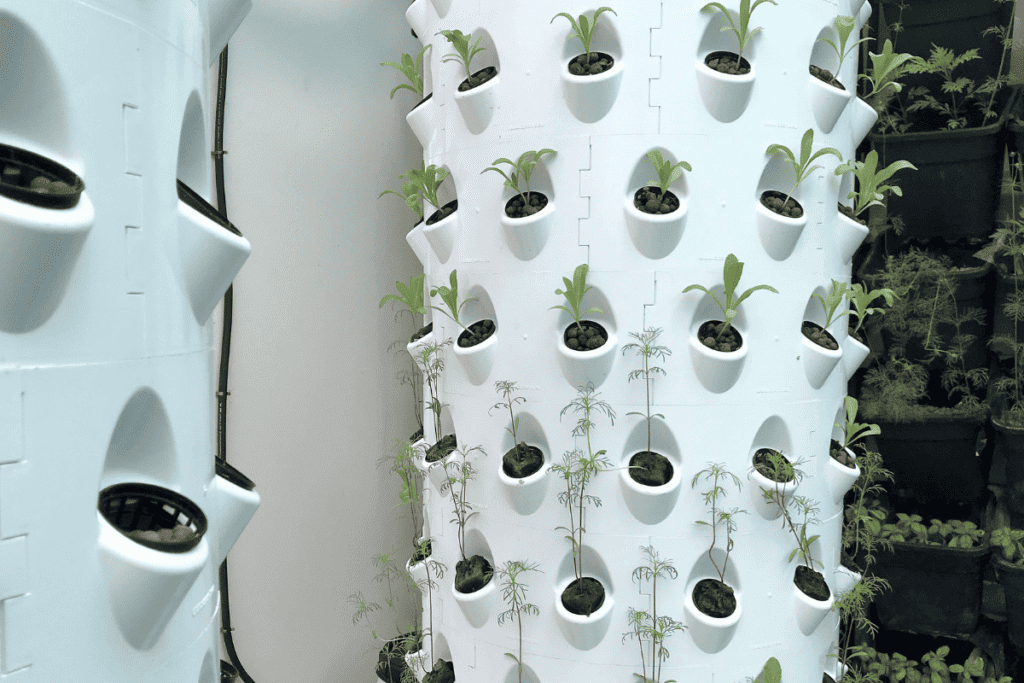Introduction

Vertical vegetable gardens are a fantastic way to maximize your space and enjoy the benefits of homegrown produce. In this article How to Create a Vertical Vegetable Garden, we’ll guide you through the process of creating your very own vertical vegetable garden, from planning to harvesting. Whether you have a small balcony or a spacious backyard, vertical gardening can be adapted to fit any space.
1. Choosing the Right Location
Selecting the optimal location is crucial for the success of your vertical vegetable garden. Consider factors such as sunlight exposure, wind direction, and proximity to a water source.
2. Picking the Perfect Vegetables
Not all vegetables are well-suited for vertical gardening. Explore compact varieties and those that thrive in containers. Think tomatoes, peppers, herbs, and strawberries.
3. Designing Your Vertical Garden Structure

Plan the layout of your vertical garden. Explore various structures such as trellises, wall-mounted planters, and hanging containers. Ensure that your chosen design allows for proper drainage.
4. Selecting Quality Soil and Containers

Use a high-quality potting mix with good drainage properties. Choose containers that match the size of your plants and provide ample space for root growth.
Setting Up Your Vertical Garden
5. Installing Support Structures
Depending on your chosen design, install support structures like trellises or hooks for hanging containers. Ensure they are secure and can bear the weight of your plants.
6. Arranging Plants Strategically
Position taller plants at the back and shorter ones at the front to maximize sunlight exposure. Consider the growth habits of each vegetable when arranging them.
7. Watering and Fertilizing Tips
Vertical gardens may require more frequent watering. Invest in a drip irrigation system or hand-water regularly. Use a balanced fertilizer to promote healthy growth.
8. Dealing with Potential Pests
Keep an eye out for pests and take preventive measures. Companion planting and natural repellents can help protect your vertical garden.
Maintaining and Enhancing Your Vertical Garden
9. Regular Pruning and Harvesting
Prune your plants to encourage bushier growth and a higher yield. Harvest vegetables when they reach their peak ripeness to ensure the best flavor.
10. Monitoring Sunlight Exposure
As the seasons change, monitor how sunlight hits your vertical garden. Adjust the position of your containers if needed to ensure optimal light exposure.
11. Seasonal Crop Rotation
Rotate your crops with each season to prevent soil depletion and discourage pests. This practice helps maintain soil fertility and plant health.
12. Adding Aesthetic Elements
Enhance the visual appeal of your vertical garden with decorative elements. Consider adding colorful flowers or artistic trellises to create a visually pleasing space.
Troubleshooting Common Vertical Gardening Issues
13. Addressing Drainage Problems
If you notice water pooling in your containers, improve drainage by adding gravel or perlite to your soil mix.
14. Preventing Overcrowding
Regularly assess the growth of your plants. If they become overcrowded, thin them out to ensure proper air circulation and nutrient absorption.
15. Handling Soil pH Imbalances
Test the pH of your soil and make necessary adjustments. Most vegetables prefer a slightly acidic to neutral pH level.
Conclusion: How to Create a Vertical Vegetable Garden
Creating a vertical vegetable garden is a rewarding endeavor that allows you to enjoy fresh produce right at home. With careful planning and maintenance, you can turn any vertical space into a thriving garden. Experiment with different vegetables and designs to find what works best for you.
FAQs: How to Create a Vertical Vegetable Garden
Can I create a vertical vegetable garden indoors?
Absolutely! Use wall-mounted planters or vertical shelving near windows to harness natural sunlight.
How do I deal with pests in my vertical garden?
Consider companion planting with pest-repelling herbs and regularly inspect plants for signs of infestation.
What vegetables are best suited for vertical gardening?
Compact varieties like cherry tomatoes, dwarf peppers, and herbs thrive in vertical set up.
How often should I water my vertical garden?
It depends on factors like climate and plant types. Monitor soil moisture and adjust watering accordingly.
Can I use recycled materials for my vertical garden structure?
Yes, as long as they provide stability and drainage. Just ensure they are safe for growing edible plants.





2 responses to “How to Create a Vertical Vegetable Garden”
Your site loads so quickly that it nearly looks like you’re using a special technique. You are an extremely talented webmaster. You’ve done a great job with this; the contents are outstanding.
Thank you